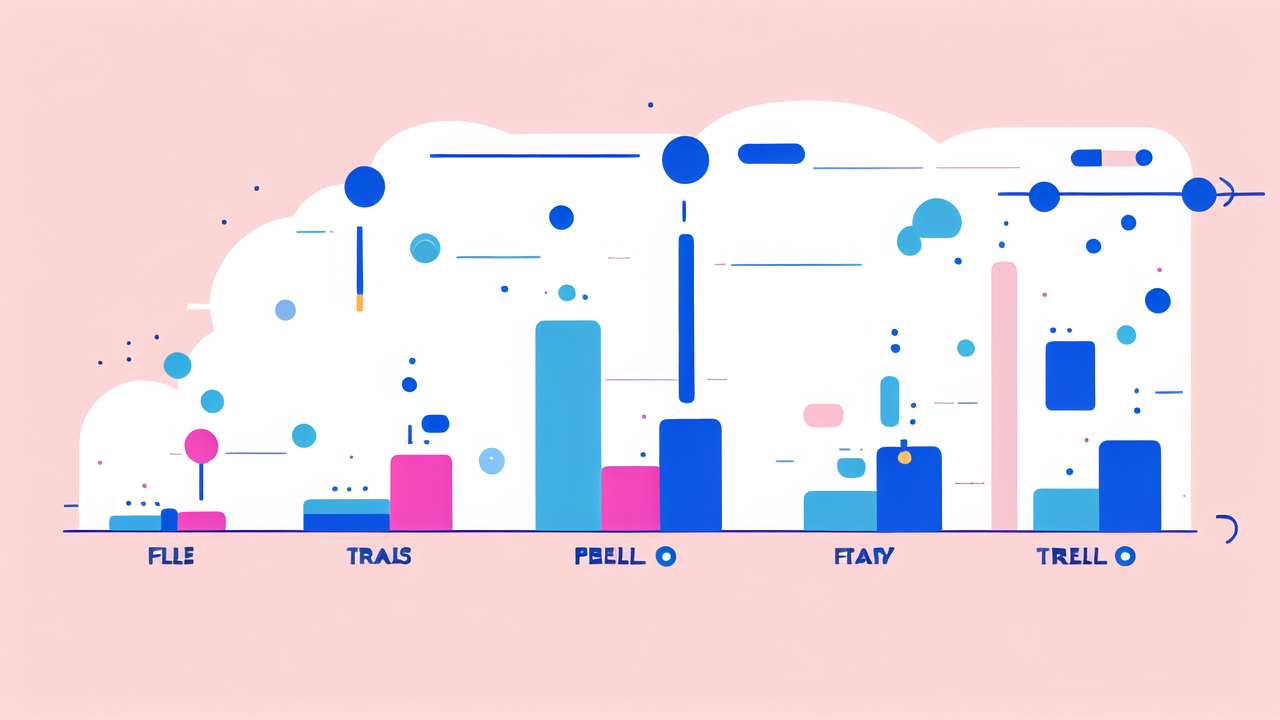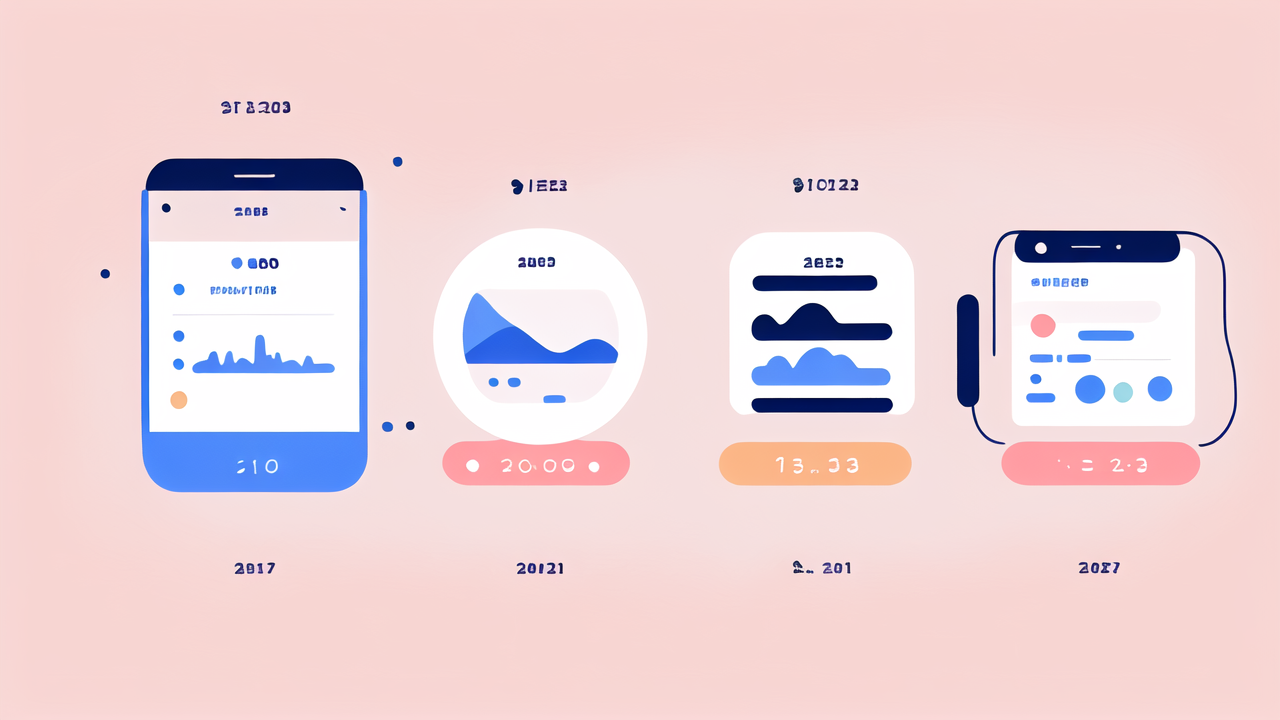Understanding Body Measurement Tracking: An Overview
The Evolution of Body Measurement Tools
Body measurement tools have come a long way. In the past, we relied on simple scales and tape measures. Now, we have advanced tech at our fingertips. Wearable devices and smart watches have changed the game. They offer real-time data and insights. These tools track more than just weight and size. They measure body fat, muscle mass, and even hydration levels. The shift from manual to digital tracking has made fitness more precise. It's easier than ever to monitor progress and adjust goals.

Key Metrics for Body Measurement Tracking
When it comes to body measurement tracking, several key metrics stand out:
- Body Mass Index (BMI)
- Body Fat Percentage
- Muscle Mass
- Waist-to-Hip Ratio
- Resting Heart Rate
- Blood Pressure
- Sleep Quality
Each metric offers unique insights into your health and fitness. BMI gives a general idea of body composition. Body fat percentage is more specific. It tells you how much of your weight is fat. Muscle mass shows your strength gains. Waist-to-hip ratio can indicate health risks. Resting heart rate and blood pressure reflect cardiovascular health. Sleep quality affects recovery and overall wellness.
Benefits of Using Body Measurement Tracking for Fitness
Body measurement tracking offers many benefits for fitness enthusiasts. It provides objective data to measure progress. This can be motivating and help you stay on track. You can set more precise goals based on your metrics. The data allows for personalized workout and nutrition plans. You can identify trends and make informed decisions. Tracking over time shows long-term changes in your body. This can help you adjust your strategy for better results. It also makes it easier to spot potential health issues early.
Integrating Smart Watches into Fitness Regimens
Choosing the Right Smart Watch for Body Measurement Tracking
Picking the right smart watch is crucial for effective body measurement tracking. Consider these factors:

- Accuracy of sensors
- Range of metrics tracked
- Battery life
- Comfort and design
- Compatibility with other devices
- Price and value for money
Look for watches with proven accuracy in tracking. Ensure it measures the metrics most important to you. A long battery life means less charging and more tracking. The watch should be comfortable for all-day wear. Check if it syncs with your phone and other fitness apps. Balance features with your budget to find the best fit. Popular brands like Apple, Garmin, and Fitbit offer great options.
Setting Up and Managing Your Smart Watch for Optimal Results
To get the most from your smart watch, proper setup is key. Start by updating the watch's software. This ensures you have the latest features. Enter your personal details accurately. This includes age, height, weight, and activity level. These help the watch provide more precise data. Set up your fitness goals in the watch or companion app. Learn how to use all the tracking features. This might include starting workouts or logging meals. Sync your watch regularly with your phone to back up data. Customize the watch face to show the metrics you check most often.
Best Practices for Tracking Body Measurements with Smart Watches
To maximize the benefits of your smart watch, follow these best practices:
- Wear the watch consistently for accurate tracking
- Keep the sensors clean for better readings
- Charge your watch regularly to avoid data gaps
- Update the software when prompted
- Use the watch's reminders to stay active
- Log additional info like food intake for a full picture
- Review your data weekly to spot trends
Consistency is key in tracking. Wear your watch as much as possible. Clean the sensors gently with a soft cloth. This ensures accurate heart rate and other readings. Charge your watch daily or as needed. This prevents missing out on important data. Software updates often improve accuracy and add new features. Use activity reminders to avoid long periods of sitting. Many watches allow food logging, which helps track calories. Set aside time each week to review your progress.
Advanced Tips and Techniques
Leveraging Data Insights for Personalized Fitness Training
Smart watches provide a wealth of data. Use this information to tailor your fitness plan. Look for patterns in your activity levels and heart rate. This can help you optimize workout intensity. Pay attention to your recovery metrics, like sleep quality. Use this to adjust your rest days and training load. Compare your performance across different types of workouts. This can help you find what works best for you. Use the data to set realistic, achievable goals. Celebrate small wins to stay motivated. Consider sharing your data with a fitness coach for expert insights.

Identifying and Addressing Common Tracking Issues
Even the best technology can have hiccups. Here are common issues and solutions:
- Inaccurate heart rate: Ensure the watch is snug but not too tight
- Missed sleep tracking: Check your sleep schedule settings
- Inconsistent step counts: Calibrate the watch's sensors
- Syncing problems: Update the app and restart your devices
- Battery drain: Adjust settings like GPS use and screen brightness
If you notice odd readings, first check your watch's fit. For sleep tracking issues, review your typical sleep times in the settings. Step count problems often improve with sensor calibration. For sync issues, ensure your app and watch software are up to date. If battery life is short, look at power-hungry features you can adjust.
Future Trends in Body Measurement Tracking Technology
The future of body measurement tracking looks exciting. We can expect even more advanced sensors. These might include non-invasive blood glucose monitoring. Artificial intelligence will play a bigger role in data analysis. This could lead to more accurate predictions and personalized advice. Wearables may become more integrated into clothing. This could allow for even more comprehensive tracking. Virtual reality might be used for immersive fitness experiences. These could adapt based on your real-time body metrics. As technology advances, privacy and data security will become even more important. The goal is to make tracking seamless and more useful in our daily lives.




Leave a comment
This site is protected by hCaptcha and the hCaptcha Privacy Policy and Terms of Service apply.